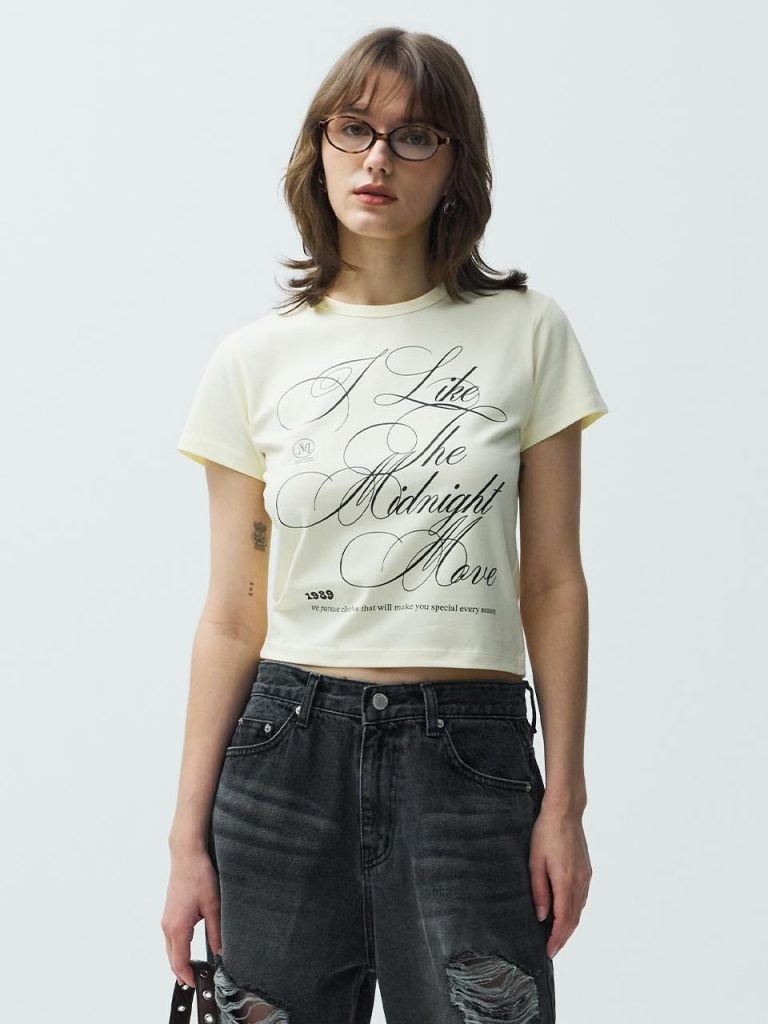Fashion has long been associated with beauty, identity, and culture, but one of its most profound yet often overlooked dimensions is its psychological impact. Clothing is not only a matter of aesthetics or functionality; it deeply influences the way people feel, the way they are perceived, and the way they interact with the world. From the confidence that comes with wearing a perfectly tailored suit to the comfort of casual wear at home, fashion has the power to shape emotions, alter self-perception, and even change behavior. Understanding fashion from a psychological perspective reveals how this everyday aspect of human life operates as a silent yet powerful force on the mind.
The connection between fashion and psychology begins with the concept of self-expression. Human beings have always used clothing to communicate identity. The colors, patterns, and styles chosen often reflect personality traits, moods, and aspirations. Someone who dresses in bright colors may be expressing optimism or confidence, while someone who prefers neutral tones may be signaling calmness or restraint. Unlike spoken language, fashion communicates silently yet immediately, allowing individuals to project aspects of themselves without words. This form of expression can be empowering, enabling people to craft their image consciously and take control of how they are perceived.
The psychological effect of clothing is not limited to how others see us; it also profoundly influences how we see ourselves. Psychologists refer to this as “enclothed cognition,” a phenomenon where the clothes a person wears can alter their mindset and performance. Wearing formal attire, for example, can make individuals feel more authoritative and competent, while athletic clothing can enhance motivation and focus during physical activity. This demonstrates that fashion is not superficial but directly tied to cognitive processes. By choosing specific garments, individuals can influence their own behavior, confidence, and productivity, making fashion a powerful psychological tool.
Fashion also plays a critical role in social belonging. Throughout history, groups and subcultures have used clothing to create identity and solidarity. From punk fashion with its rebellious spirit to hip-hop style with its cultural pride, clothing has always been a way to establish a sense of community. Psychologically, belonging is one of the most fundamental human needs, and fashion fulfills this by signaling group membership. For teenagers especially, fashion becomes a vital way of navigating social circles, reducing feelings of isolation, and gaining acceptance. At the same time, it allows individuals to distinguish themselves from others, balancing the dual needs of belonging and individuality.
The psychology of fashion also intersects with memory and nostalgia. Certain garments can carry deep emotional significance, reminding individuals of important life events. A wedding dress, a graduation gown, or even a favorite childhood sweater can hold layers of meaning that transcend fabric. These garments become symbolic objects, anchoring people to memories and shaping emotional experiences. Nostalgic fashion trends also tap into this psychology, as people often find comfort and joy in revisiting styles from their past. This cyclical return of trends demonstrates how fashion operates not just on a material level but also on an emotional and psychological plane.
Confidence is perhaps the most widely recognized psychological effect of fashion. When people feel well-dressed, they often carry themselves with more assurance, speak more confidently, and engage more openly. The right outfit can reduce anxiety in social or professional settings, creating a psychological armor that empowers individuals. On the other hand, ill-fitting or inappropriate clothing can generate discomfort and insecurity, reminding us of fashion’s ability to affect mental states in both positive and negative ways. This highlights the importance of clothing not just for appearances but for psychological well-being.
Fashion also engages with identity formation in profound ways. People often experiment with different styles to explore who they are and who they want to become. Adolescents, in particular, use clothing as a testing ground for identity, shifting between trends to find self-definition. For adults, fashion can signify transitions in life stages, careers, or relationships. The psychological process of choosing what to wear each day is tied to self-concept, allowing individuals to align their external image with their internal sense of self. In this way, fashion becomes a dynamic reflection of personal growth and change.
At a societal level, fashion psychology also relates to power dynamics. Uniforms, for instance, carry authority not only in the eyes of others but also in the mind of the wearer. Military attire, medical scrubs, and corporate suits all reinforce psychological associations with professionalism and credibility. When someone puts on a uniform, they are not simply wearing clothes; they are adopting a role that shapes behavior and expectations. This reveals how fashion is deeply embedded in social structures, reinforcing hierarchies and facilitating order through psychological influence.
However, the psychological relationship with fashion is not always positive. The rise of fast fashion and constant exposure to curated images on social media can create pressure to conform, leading to stress and dissatisfaction. Many people experience “fashion anxiety,” a feeling of being judged based on clothing choices or of not keeping up with trends. This highlights the darker side of fashion’s psychological power, where instead of empowering, it can foster insecurity and comparison. The commercialization of fashion has amplified these pressures, making it crucial to approach clothing choices with mindfulness and self-acceptance.
Sustainability has also entered the psychological realm of fashion. Many consumers today associate clothing choices with ethical responsibility, feeling pride in supporting sustainable brands or guilt when purchasing fast fashion. This moral dimension adds another layer to the psychology of clothing, showing how fashion can influence not only self-image but also ethical identity. Wearing eco-friendly or ethically made garments can create a sense of alignment with values, boosting psychological satisfaction and reinforcing a positive self-concept.
In addition, fashion interacts with psychological well-being through creativity and play. For many, choosing outfits, mixing styles, or even designing clothing is a form of self-expression that enhances mental health. Creative engagement with fashion allows individuals to experiment, to break routines, and to embrace joy. This playful aspect of clothing is especially important in times of stress, as fashion provides an accessible way to introduce novelty and positivity into daily life. The act of dressing becomes not just functional but therapeutic, a reminder that fashion can nourish the mind as much as the body.
The future of fashion psychology is expanding with technology. Virtual fashion, digital try-ons, and customizable avatars in online spaces offer new ways for individuals to explore identity and expression. These digital garments may not be physically worn, but they still influence psychological self-perception. For some, digital fashion reduces anxiety about appearance by allowing risk-free experimentation. For others, it offers new possibilities of identity expression that transcend physical limitations. This evolution shows that the psychological dimension of fashion will remain central even as clothing expands into virtual spaces.
Ultimately, fashion’s psychological power lies in its ability to shape both the inner and outer self. It allows individuals to influence how they feel, how they are seen, and how they connect with others. It carries memories, creates confidence, and fosters belonging. Yet it also challenges individuals with pressures and insecurities, reminding us that fashion must be approached thoughtfully. By understanding the psychology of fashion, people can use clothing not just as fabric on the body but as a tool for empowerment, creativity, and well-being.
In conclusion, fashion is far more than an external display; it is a psychological experience that touches every aspect of human life. It is the silent language of identity, the mirror of emotions, and the medium through which people shape their interactions with the world. Whether through traditional garments tied to cultural memory or cutting-edge designs that influence confidence and performance, fashion always engages the mind as much as the body. Recognizing its psychological power allows individuals to harness fashion not only to look better but to live better, making it one of the most profound yet underappreciated forces in human behavior.

